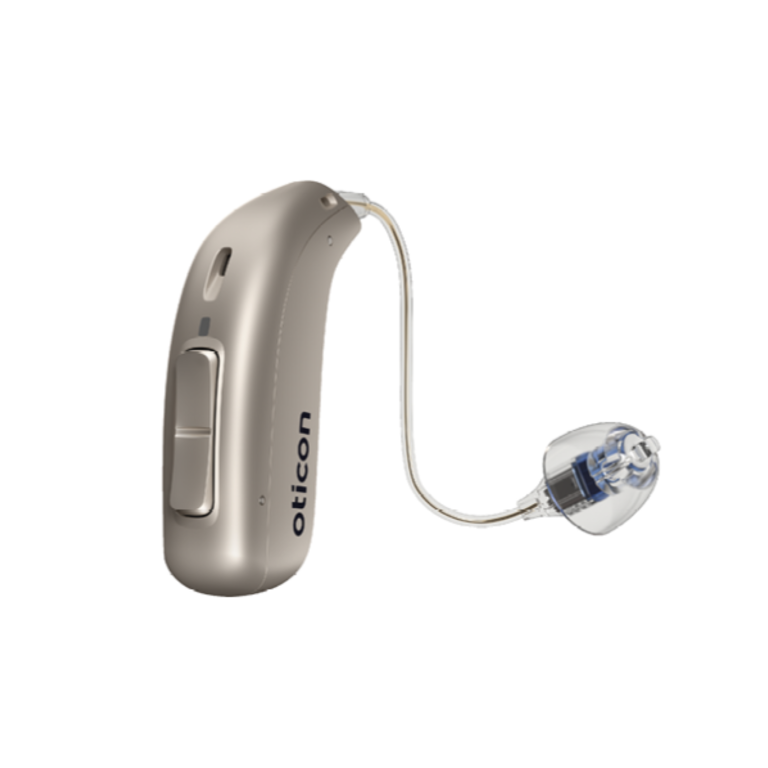
RECEIVER IN CANAL HEARING AIDS
Suitable for a broad range of losses, RIC hearing aids are a popular style that is easy to use and full of the latest technology.
In The Canal hearing aids are custom-made to fit your ear shape. They sit in the lower part of the entrance to the ear canal. ITC hearing aids are more noticeable from outside than a CIC or IIC aid which sit further down the ear canal, but are more discreet than the larger ITE aids.
Sound waves are picked up by the microphone on the outer exposed part of ITC hearing aids, which is then converted into electrical signals. A microchip within the aid processes these signals and sends them on to an amplifier, which boosts them and transmits them to a loudspeaker that faces into the ear canal, enabling the wearer to hear the sound.
The cost of ITC hearing aids can vary hugely according to the level of technology that is inside, with prices for a pair of aids ranging from less than £2,000 to over £5,000 as part of our complete Hearing Care Packages.
Why not book an appointment with your local audiologist for more information on the costs of the specific technology you are interested in?
The main differences between Completely In Canal and In The Canal hearing aids stem from their size and position in your ear. CIC hearing aids are very small and sit almost entirely within your ear canal, which means they are less visible than ITC aids.
However, CIC aids can only accommodate smaller batteries than ITC hearing aids due to their smaller shell size, which therefore have shorter battery life. Their smaller size also means they cannot provide a lot of power to support more severe losses, and they can be challenging to handle for those with dexterity issues.
Most In The Canal hearing aids are now available with Bluetooth. This means you can personalise your settings via an external device, and even stream music and video from another Bluetooth-compatible device, such as your smartphone.
A few manufacturers are now starting to offer rechargeable ITC hearing aids. However, the majority still run on single-use batteries that need to be replaced regularly.
ITC hearing aids offer the comfort and discretion that comes with a custom-fitted in-canal aid, with less of the compromises on battery life and power that the very smallest (IIC and CIC) aids have. This means they can be suitable for more severe losses than smaller in-canal models, while still being relatively discreet. However, they can still be more fiddly to use than Behind The Ear hearing aids, and may not fit all ear shapes. Find out more about Which Hearing Aids Are Right For You.

If you think ITC hearing aids might be a good choice for you, why not book a free hearing aid review at your local hearing centre?
Our expert audiologist will discuss your lifestyle needs and personal preferences, carry out a free assessment to check your current hearing levels and help you find your most suitable hearing aids. To book, call us on 0800 52 00 546 or click below to book online.

Suitable for a broad range of losses, RIC hearing aids are a popular style that is easy to use and full of the latest technology.
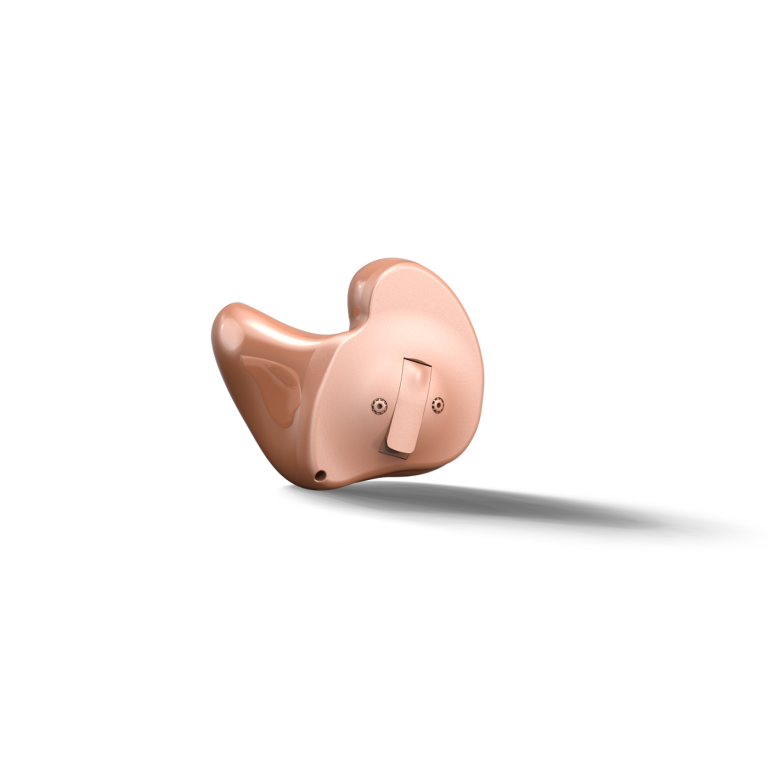
ITE hearing aids provide more range than a smaller CIC or IIC aid, while still using a relatively discreet custom-moulded shell.
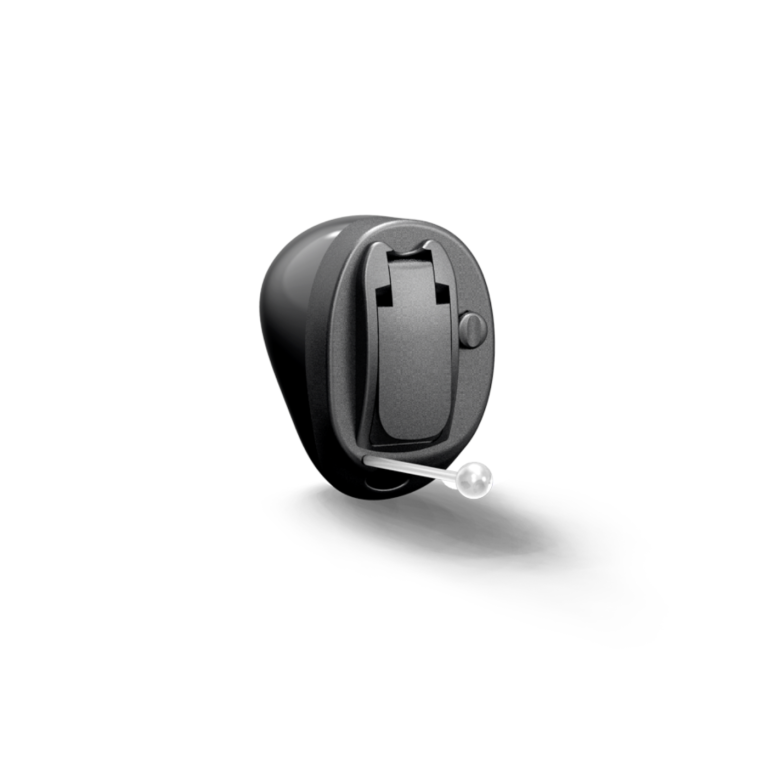
CIC hearing aids are small, custom-moulded devices that sit inside your ear, ideal for those with mild to moderate hearing loss.
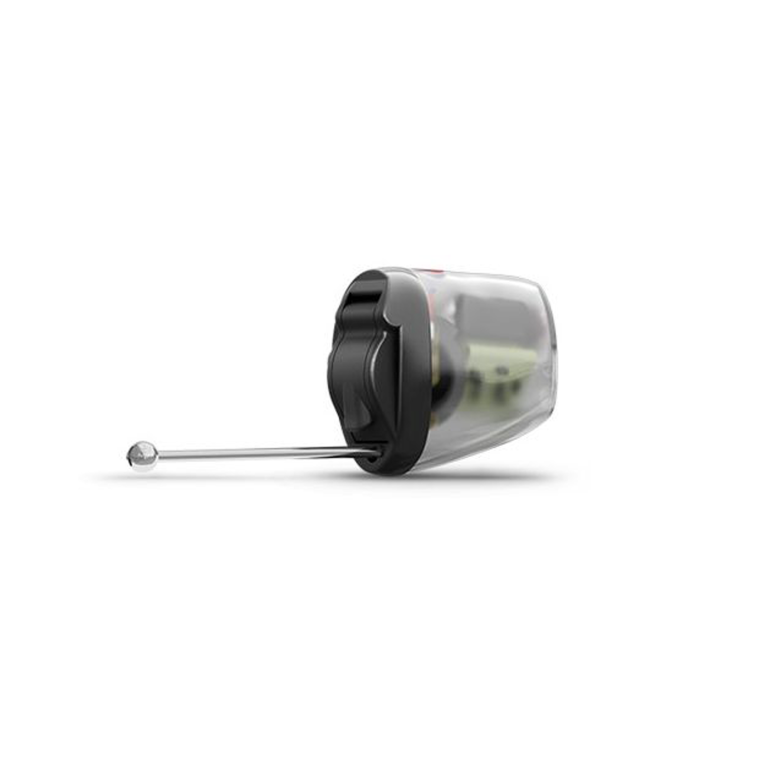
IIC hearing aids are the smallest devices available, packing incredible technology into a tiny shell that is virtually invisible when worn.
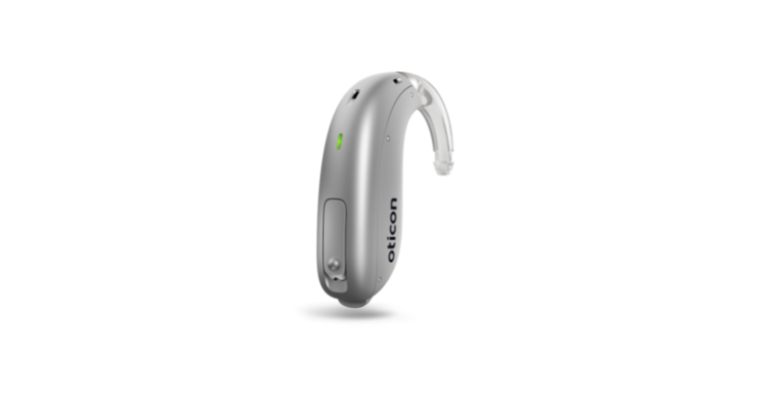
Suitable for a broad range of losses, BTE hearing aids are powerful, easy to handle and full of the latest technology.

Hearing Aids - Jul 2024

Hearing Aids - Jul 2024
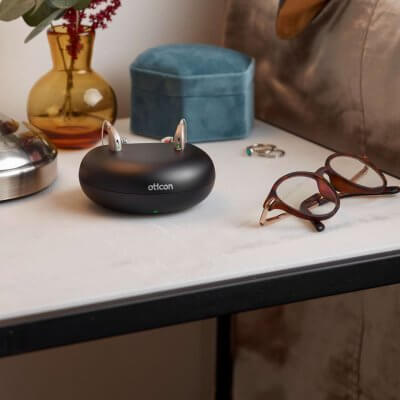
Hearing Aids - Feb 2021

Hearing Aids - Nov 2025